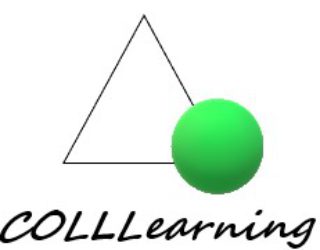Teaching Blogs 2016: How to Benefit Your Students, Your Peers, and Your Pocketbook, by Starting an Educational Class Blog
“Teachers, if you’re ignoring teaching blogs, you’re missing out!
Depending on your average class size, your classroom provides enlightenment and education to groups of 20 to 100 or more students, one class session at a time.
And while this is a good format for “one to many” teaching in a semi-personal environment, you could be reaching SO many more eager minds, including the most underprivileged people who can’t afford education in the traditional sense. Many, who would otherwise greatly benefit from all that you have to teach.
We’ll talk about creating mass exposure for your lessons later in this article. First, let’s explore the concept of teaching blogs, and examine why it’s such a powerful resource for teachers to utilize for education, exposure, and even a nice full-time, job replacing online income.”
In defense of the great MOOC experiment 2 March 2015
- The only difference in a year is that attention turned from a criticism of course completion rates to the question: are MOOCs sustainable? Seems like a fair question. But is it sufficient? Don’t we want to understand the overall impact of MOOCs? Have we given ourselves enough time to experiment, prototype and scale?
Stiglitz: MOOC revolution is just beginning [SXSWedu 2015]
By Roger Riddell | March 13, 2015 Print
Despite their potential, MOOCs have faced questions ranging from their impact on higher ed’s existing business model and their own sustainability to their ability to generate meaningful credentials taken seriously by employers.
MIT Launches Online X, Bringing Professional Education to Learners Worldwide January 9th 2014
-
- A new online course surfaced Thursday, representing what will become the first in a line of professional programs called Online X — all to be delivered globally through the MIT- and Harvard-founded initiative, courtesy of MIT Professional Education.
MOOCs and Lifelong Learners, Huffingtonpost, 12/12/2013
-
- A certain argument seems to be repeated that asks why schools and investors should be sinking millions into creating educational resources (i.e., MOOCs) that we all know just benefit older, educated, professional (and by implication well-off, middle-class) lifelong learners who already have so much, vs. using those same resources to advance the education of the neediest.
University of Wisconsin experiments with flipped classroom structure. November 11, 2013
MOOCs Encourage Alumni Lifelong Learning
- “Learning is going to be something that extends through people’s lives, and people’s relationships with their schools is going to extend, as well,”
As it becomes increasingly evident that employees will have to continue learning through their careers in order to be successful in the labor market, and as universities search for ways to encourage their students to engage in lifelong learning after graduation, providing ongoing education MOOCs for alumni could be a way for institutions to accomplish this goal.
Scientific American, August 2003, P. 43-47, “A hole in the Wall”
“Demystifying the Digital Divide
The simple binary notion of technology haves and have-nots doesn’t quite compute.
Some assumed that the dearth of digital access could be easily tackled by an infusion of computers.”
Scientific American – 2003 – 08 – Août

